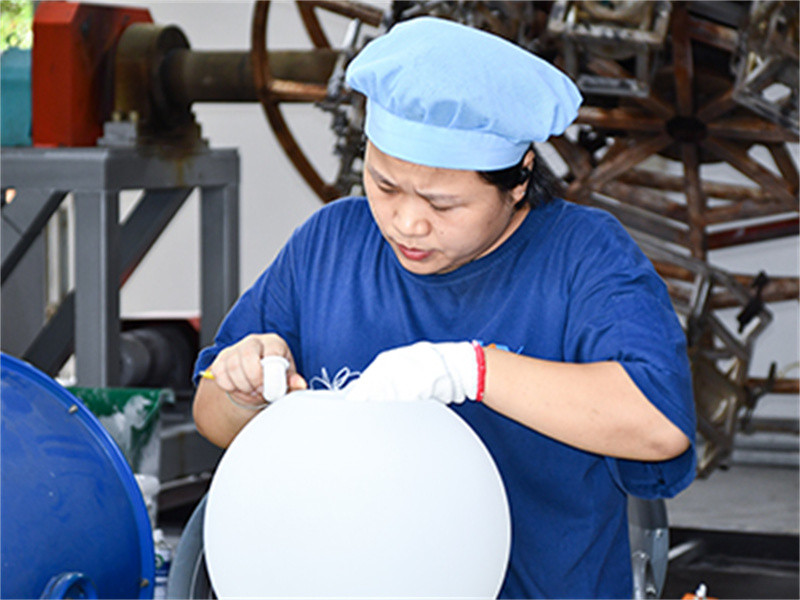What are the Basics of Roto Moulding Process?
 Nov 02,2021
Nov 02,2021

What are the Basics of Roto Moulding Process?
Roto moulding, also known as rotational molding, is a unique plastics molding technology which is ideal for making hollow products. It is a unique production process that involves using heat to melt and mold plastic in a closed mold. Different from most other plastics process, it is a forming technology without pressure involved. Any shape and size can achieved through this process. Due to the one-piece molding process, the products have high tensile strength and uniform wall thickness, whilst the roto moulding is relatively inexpensive and the production runs in a cost effective way
Rotational molding manufacturers use an extremely specialized 6-stage process which includes:
- Material preparation
- Loading the resin in the mold
- Heating and fusing the resin
- Cooling
- Demoulding the part from the mold
- Trimming
Prepare a collection of raw plastic
This is the distinguishing stages of the roto moulding process. Other plastic manufacturing process can source in the market the ready-made resin and use them directly in the production. Roto moulding requires the specific type of thermoplastics in the form of powder, or viscous from. The exact type and amount of resin are dictated and measured by the products predetermined formula based on the desired wall thickness and other characteristics. For example, what level of stresses, strains and temperatures will it need to stand,etc.
Loading the material in the mold
Measure the required amount of materials based on the predetermined formula and load them into the a prepared mould.The mould is then clamped shut. This step is basically done by manual operation, which is a heavy workload.
Heat the mold in an oven while it rotates
After the feeding is done,the mold is relocated to an oven chamber or over the flame stove. For some products with more complex structure, generally , the mold is rotated for a while before heating, so that the raw materials can evenly spread throughout the mould and into the corners. Then the mold is heated while it rotates at significant speeds and under the required temperatures and timing as the recipe stipulates. Inside the roto moulding, the powder heats up and begins to melt and adhere evenly across the entire inner surface under the force of the centrifugal force generated by the rotation. This stage is critical to the roto moulding process
Cooling the mold
The molds then move into the cooling chamber and continue to rotate until it completely solidifies. The cooling rate must be kept within a certain range to avoid a warped part.
Unloading the part from the mold
The last stage is reopening the fully dried mold and manually removing the new plastic part.
Trimming
Some require technical trim jigs for the final inspection and decorative assembly.
The main stages of the roto moulding process is outlined above,but there's a little bit more details, you can also read more about the distinctive advantages of the roto moulding for information.

 Tel: 0086-13632687993
Tel: 0086-13632687993  Email: roto@lightvenus.com
Email: roto@lightvenus.com

 Home
Home What is the Rotational Molding Design Process?
What is the Rotational Molding Design Process?  You May Also Like
You May Also Like



 Tel
Tel
 Email
Email
 Address
Address








